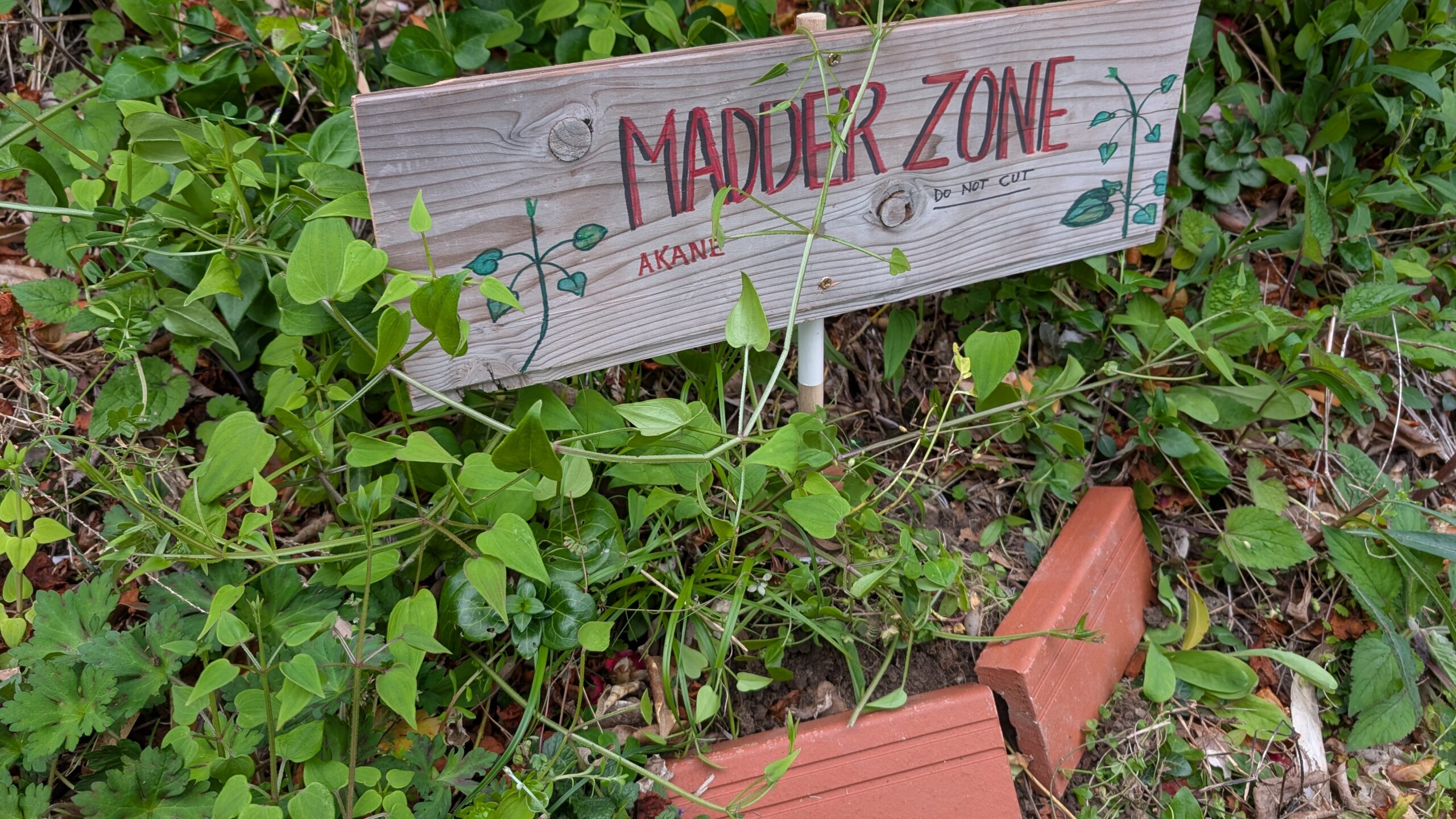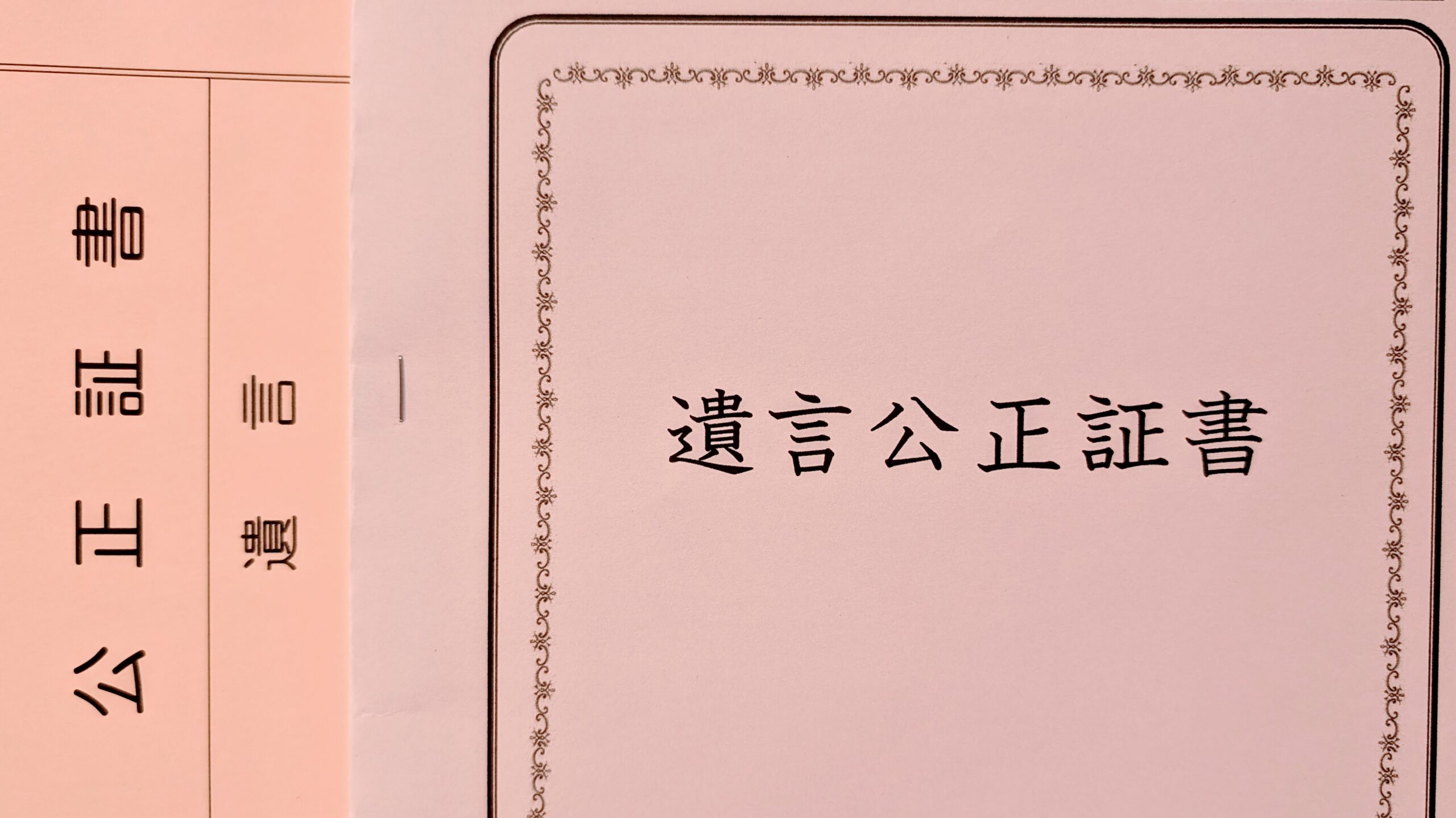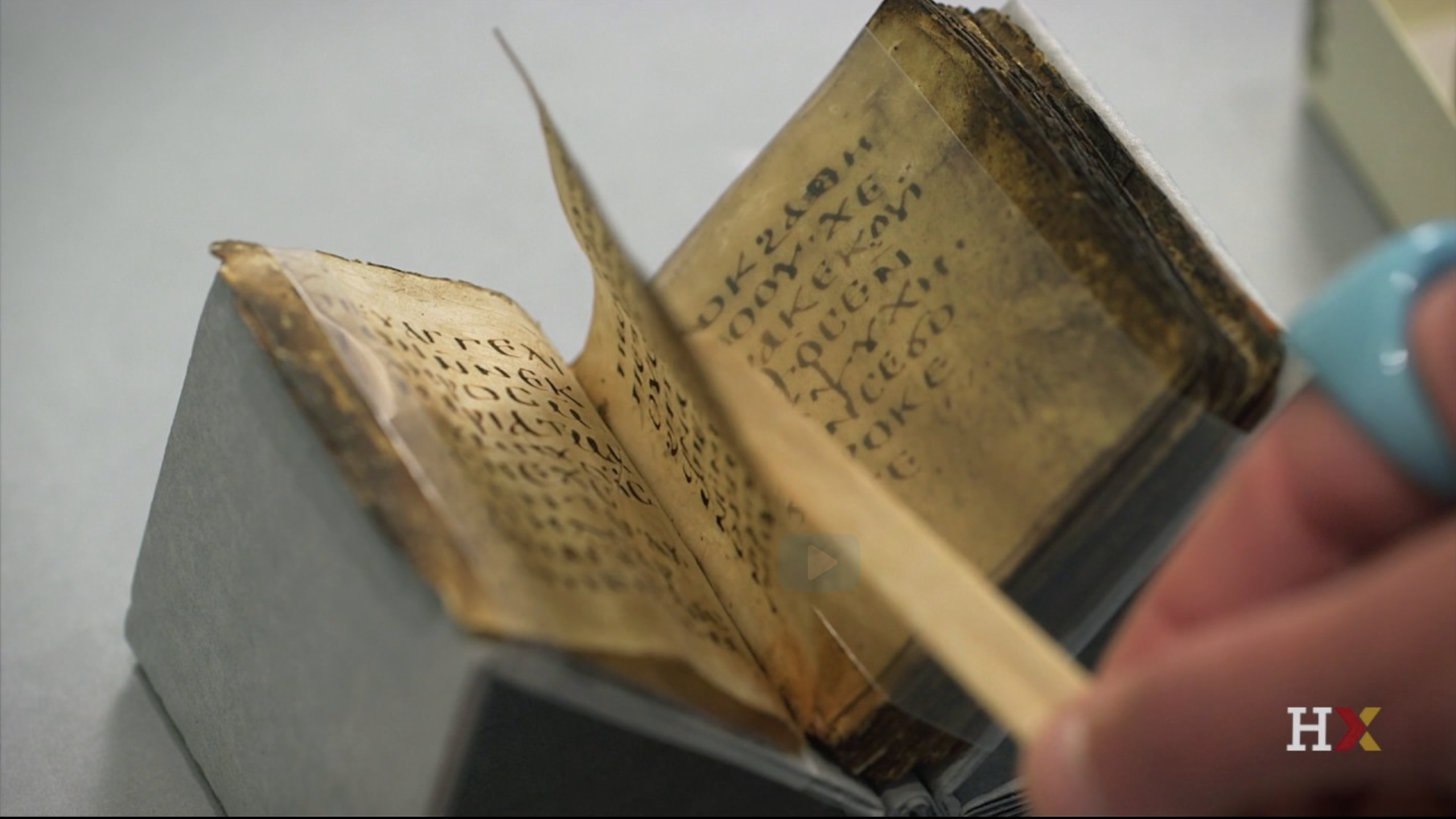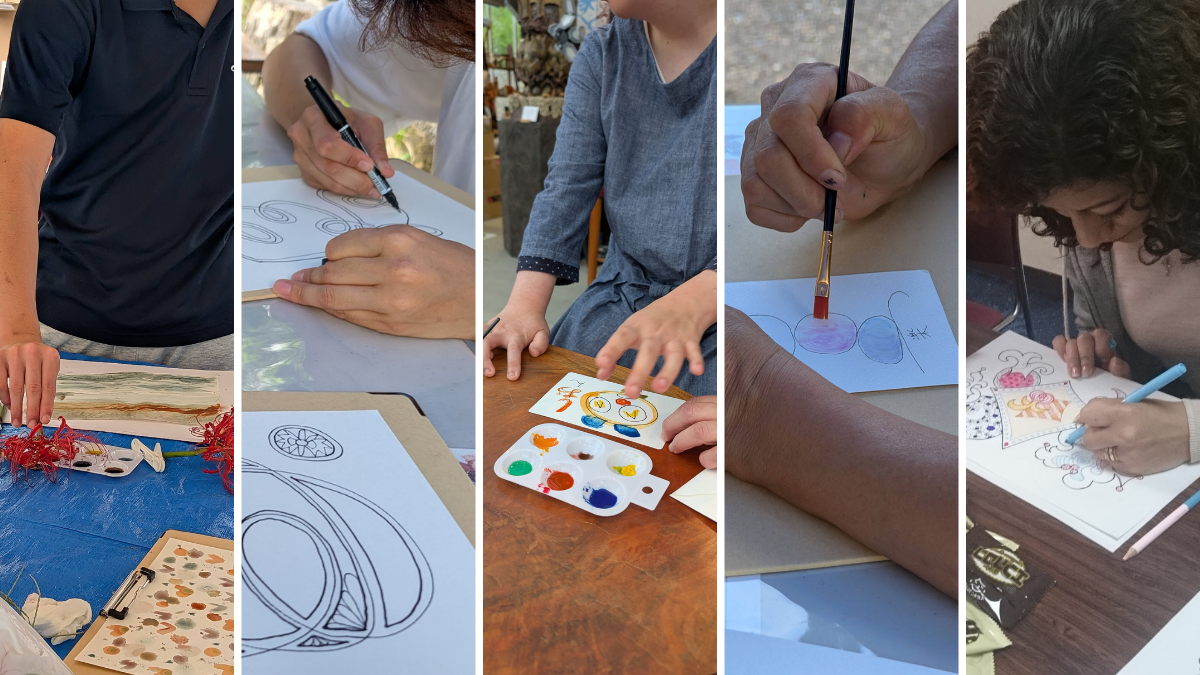Madder is one of the few botanical sources of deep red. In its various forms it has been used to color military uniforms, fine clothing, and even the red sun at the center of the Japanese flag was once colored with madder. The red color comes from anthraquinone compounds in the roots.
Of course I want to have some for my color experiments. But I made a big mistake because I didn’t realise there are different types:


- Rubia tinctorum, common madder, stands straight and tall with whorls of 6 leaves. Its roots grow up to a meter long before harvest. This is the madder that I have read about in English-language books on dyes.
- Rubia akane Nakai is Japanese madder. It produces yellows, oranges and reds depending on how you process the roots. Akane means “red roots.”
- Rubia cordifolia, Indian madder, looks more similar to Japanese madder than to common madder. It’s used in Tibetan traditional medicine as well as for its color.
I recently saw a clear photo of akane in one of my plant books. I recognised it immediately as “that weird weed” I’ve been ripping out of the garden for three years. Oops. It’s a vine with a square stem and arrangements of four leaves. When I saw the photo, I knew exactly what it felt like – sticky-scratchy like cleavers – and I was pretty sure I remembered where it was around the property.



I went searching to confirm. I dug up a small plant and looked at the roots. Vivid! I did some sleuthing on line in Japanese and found more proof that what I have is, indeed Japanese madder. YAY!
There are small patches under both of the multicolored camellias. Sumire-san, or another colorful ancestor, was cultivating these plants and used clam shells in the beds (why is a mystery to unravel). 555 never fails to surprise me with its magic and history.

Japanese madder lost its luster in the early Edo era because it is a hassle to process. It takes years for the roots to develop red. They are small and straggly and need multiple passes of dye extraction to produce deep red.
There is a movement to bring akane back as a color source. It’s worth the trouble to make it, because the range of colors that come from Japanese madder are gorgeous. Japan Red in Osaka is hosting an event at the Osaka Expo May 3-5 where you can dip dye thread in madder. If you are at the Expo those days, please go try it for me! Nippon Akane Project in Kyoto promotes cultivation and use of Japanese madder – and they even have a collaboration with a high school in Narita, Chiba.







